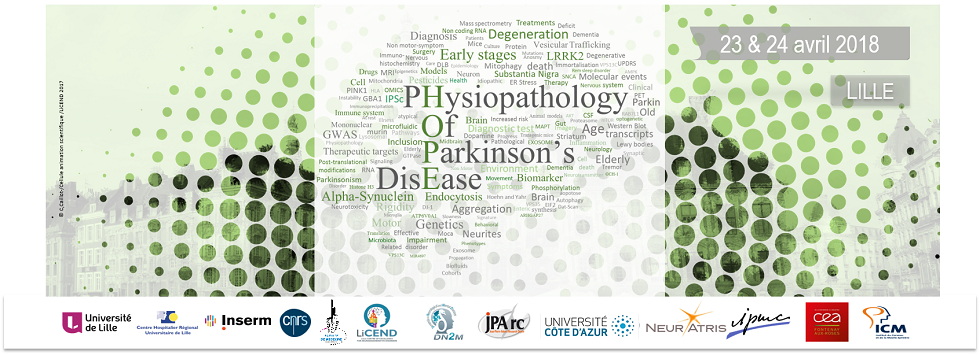Parkinson's disease is the second most common neurodegenerative disease after Alzheimer's. Parkinson's disease is considered a multifactorial disease that results, in most cases, from the combined effects of multiple risk and protective factors, both genetic and environmental. Numerous advances have been made in recent years, allowing a better understanding of the cause of the disease, particularly through epidemiological studies that have identified Parkinson's disease-related exposures. One of the remarkable results of these studies is the identification of several exposures associated with a decreased risk of Parkinson's disease, including smoking, coffee drinking, or uric acid. It is still unclear whether these exposures have a truly causal role, or whether these associations arise from bias, reverse causation in particular, given the long premotor period. Genes can be used as instruments to better understand the role of these exposures though analyses of gene-environment interactions and Mendelian randomization studies. We will present the results of recent studies that used these approaches in the context of Parkinson's disease.

|
Gene-Environment interactions in Parkinson's disease
1 : Centre de recherche en épidémiologie et santé des populations Université de Versailles Saint-Quentin-en-Yvelines, Université Paris-Sud - Paris 11, Assistance publique - Hôpitaux de Paris (AP-HP), Hôpital Paul Brousse, Institut National de la Santé et de la Recherche Médicale : U1018
|
 PDF version
PDF version
